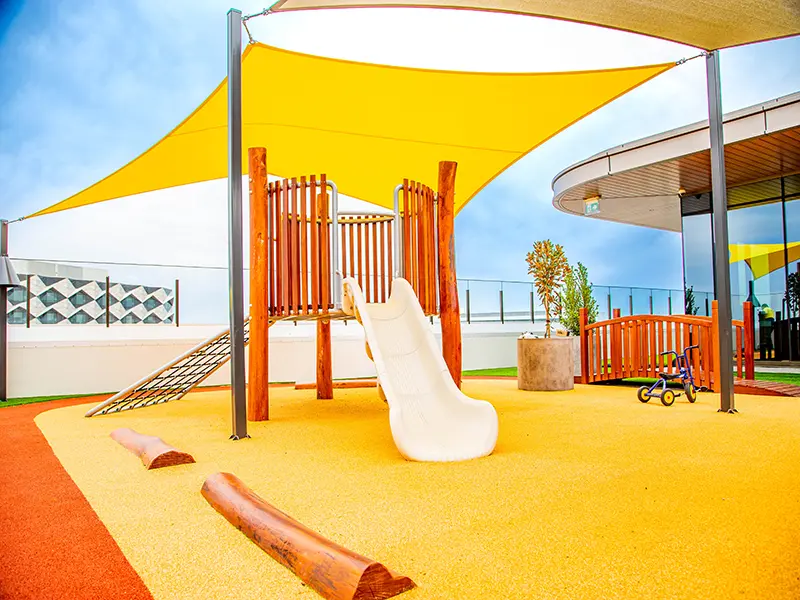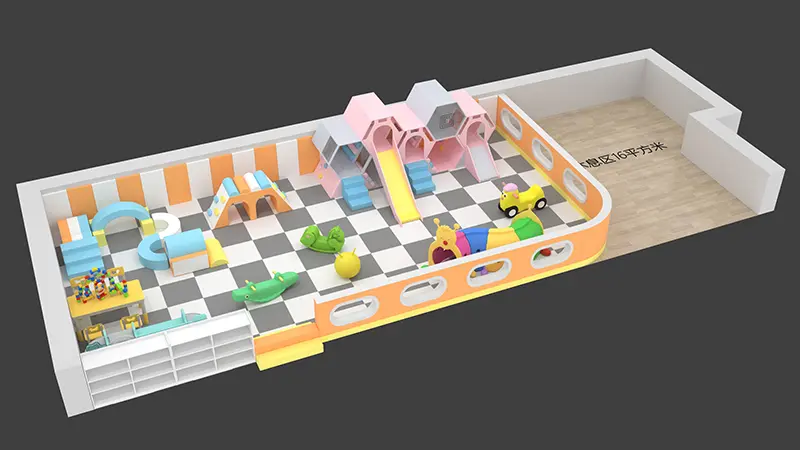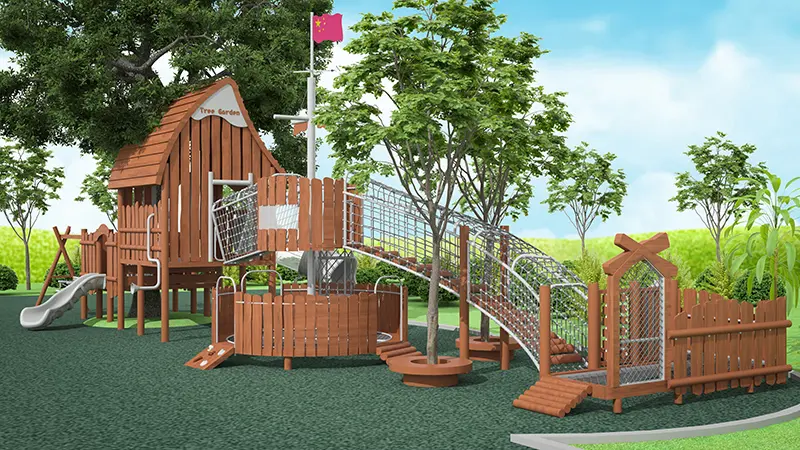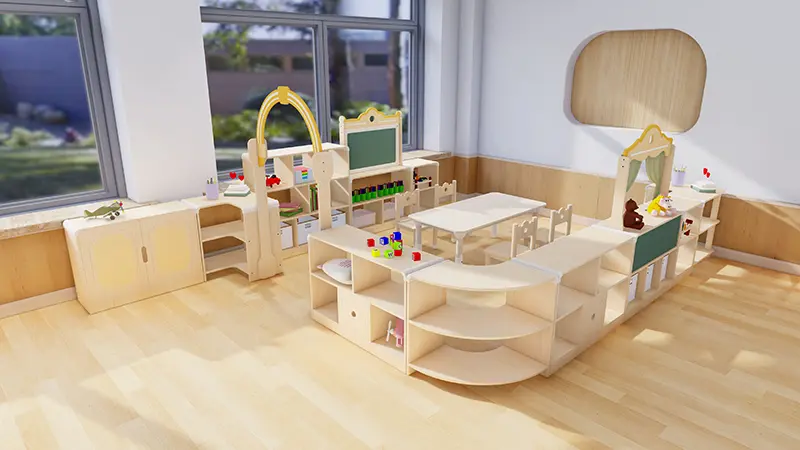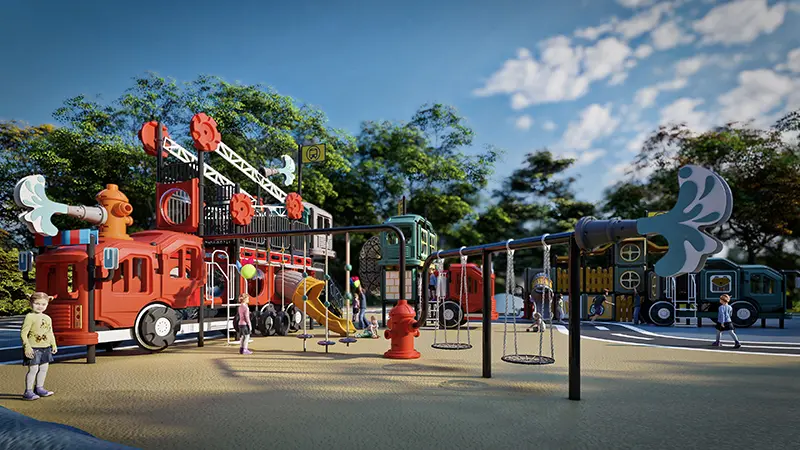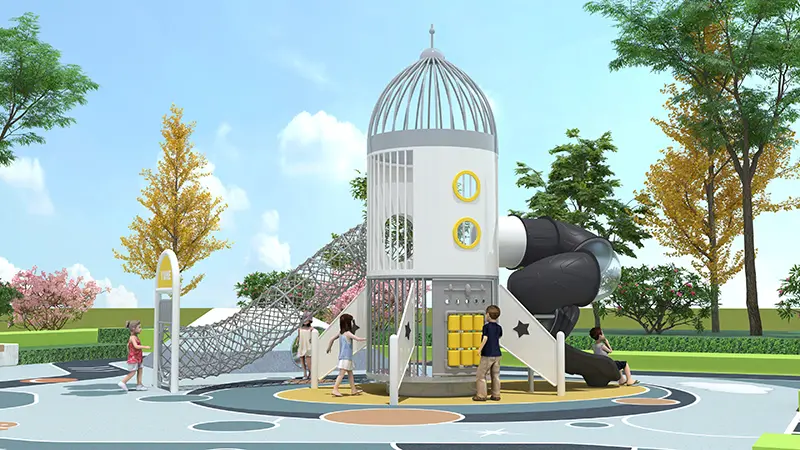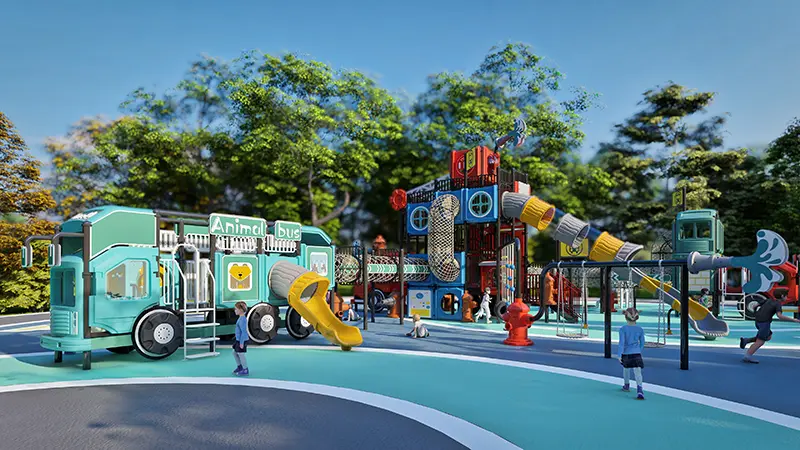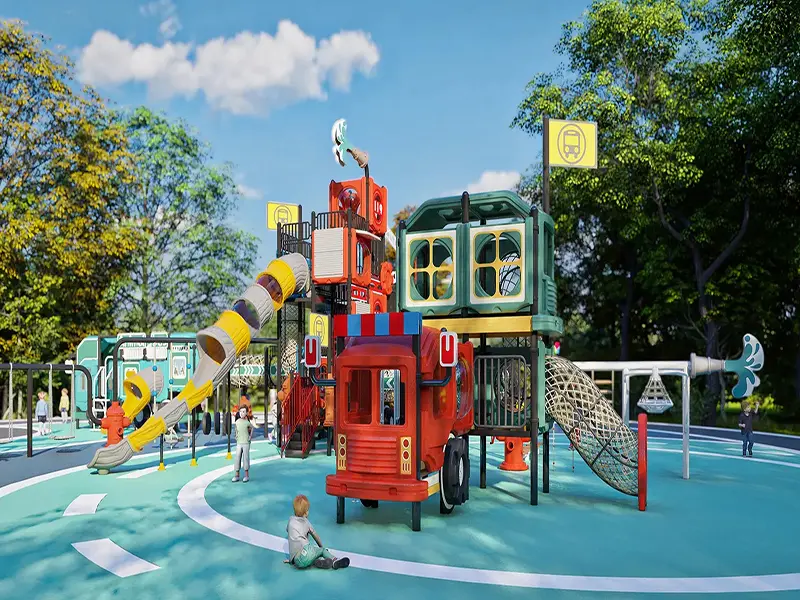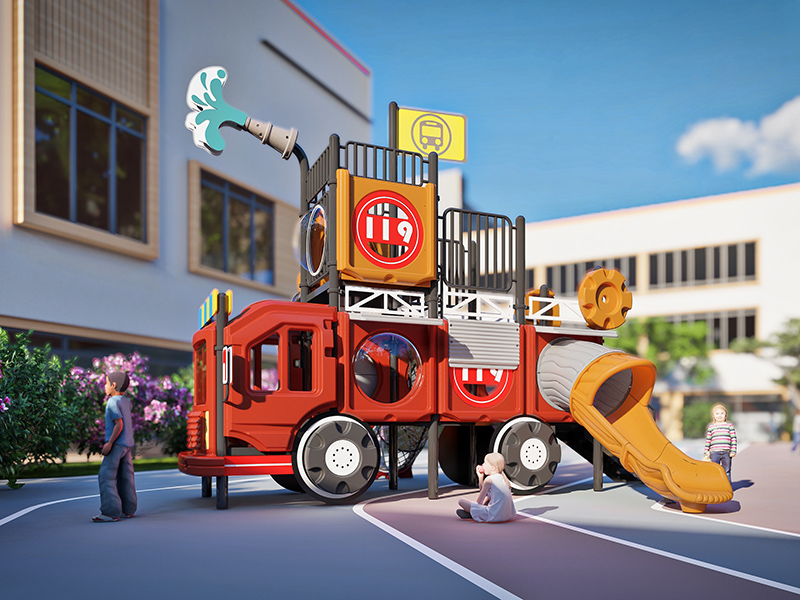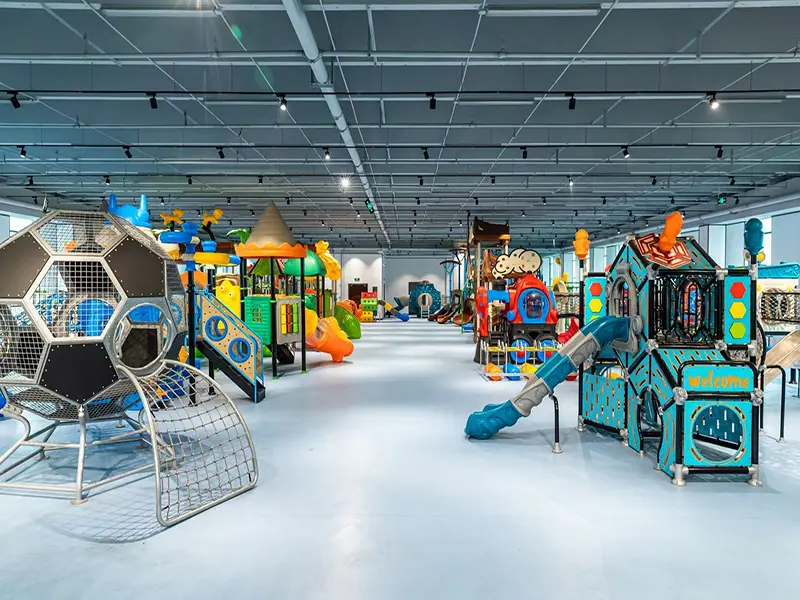 +86-13901441113
+86-13901441113 Outdoor children's playground equipment selection guide
With the acceleration of urbanization, children's outdoor activity space is increasingly limited, and outdoor children's playground equipment has become an important bridge connecting children with nature. Whether it is a community park, kindergarten or family backyard, suitable Outdoor Playground Equipment can not only meet children's play needs, but also promote the development of physical coordination and social skills.
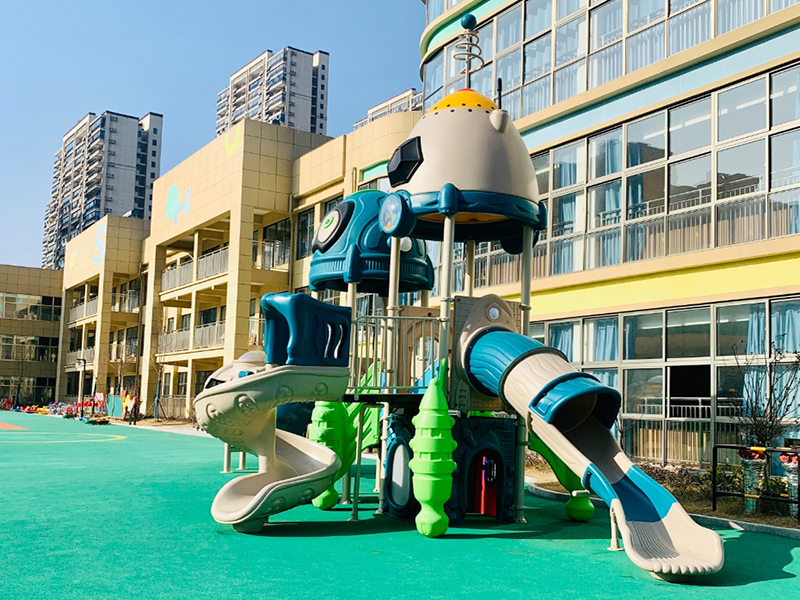
Choosing suitable outdoor children's playground equipment is not easy, and it is necessary to consider safety, durability, fun and age-appropriateness. This article will analyze the key points of outdoor children's playground equipment from a professional perspective to help you create a safe and interesting outdoor playground space for your children.
Classification and functions of outdoor children's playground equipment
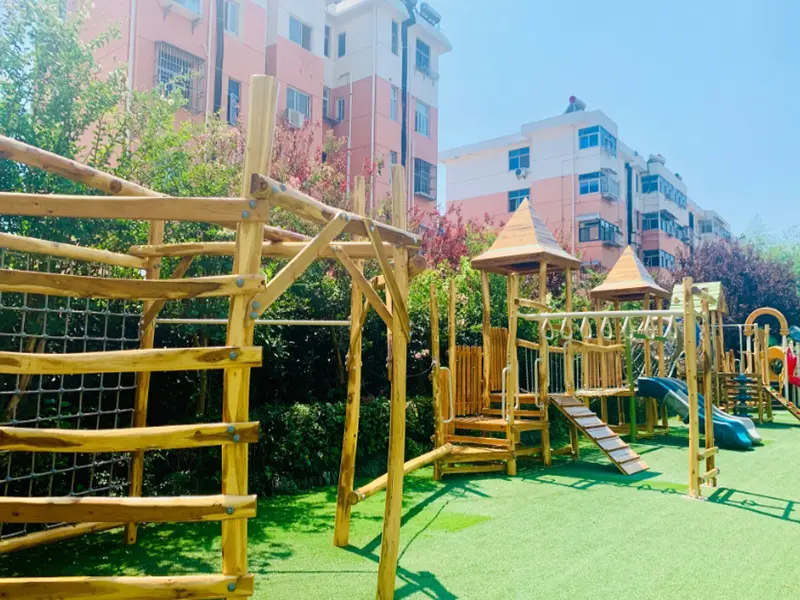
There are many types of outdoor children's playground equipment, which can be roughly divided into the following categories according to their functions and usage scenarios:
Climbing facilities: including climbing walls, climbing nets, Climbing Frames, etc. These facilities can exercise children's arm strength, coordination and courage. A well-designed climbing frame often simulates the climbing challenges in the natural environment, which is both safe and challenging.
Slide facilities: Slides are the most typical representatives, ranging from traditional straight slides to spiral slides, pipe slides and other forms. While children experience the sense of speed during the slide, they are also learning to control their body balance.
Swing facilities: From single swings to multi-person swing beds, these facilities can give children a flying experience while exercising their sense of balance and rhythm.
Rotating facilities: such as carousels and turntables, which can stimulate children's vestibular system and enhance spatial perception.
Comprehensive amusement facilities: Combine multiple functions such as slides, climbing, swings, etc. to form a Small Playground to meet the diverse needs of children of different ages.
Sand and water game facilities: sand pools, water pools, etc., let children contact natural elements and develop senses and creativity.
Each type of amusement facility has its unique educational value and development function. For example, a simple balance beam can help children develop core muscle strength and body coordination; while a well-designed combination slide may contain cognitive learning elements such as number, letter or shape recognition.
Key factors in purchasing outdoor children's amusement facilities
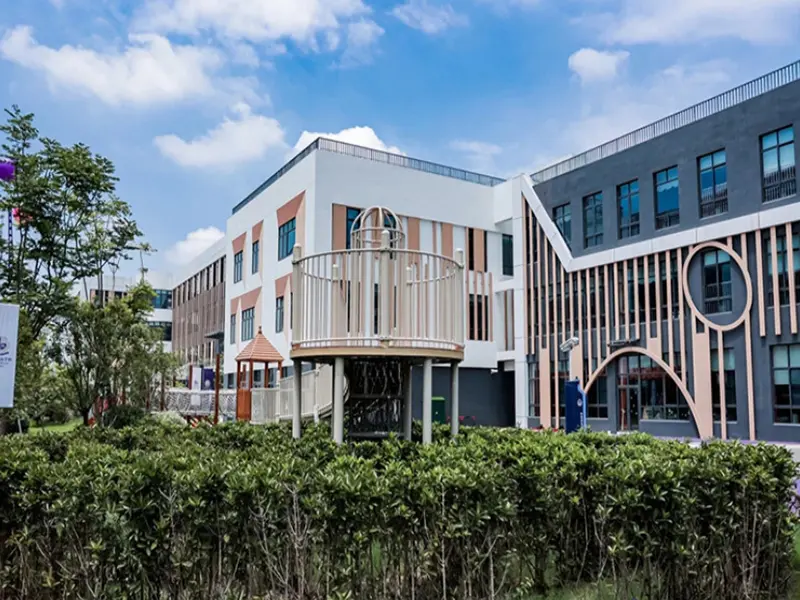
Safety considerations
When purchasing, you should check the following safety factors:
Whether the edge of the facility is smooth and burr-free
Whether the connection is firm and has protective measures
Whether the movable parts have anti-pinch protection
Whether the high facilities are equipped with appropriate protective railings
Whether the ground paving has sufficient buffering capacity
Material selection
Outdoor amusement facilities are exposed to the outdoor environment for a long time, facing the test of sunlight, rain, temperature difference, etc., so the material selection is crucial:
Plastic materials: Common ones are LLDPE (linear low-density polyethylene), HDPE (high-density polyethylene), etc. High-quality plastic materials should have characteristics such as UV resistance, anti-fading, and corrosion resistance. This type of material is rich in color and attracts children's attention, but it is necessary to pay attention to whether environmentally friendly flame retardants are added.
Metal materials: mainly stainless steel, galvanized steel, etc. Metal structures have high strength, but they need to be treated with rust and scalding prevention. Under direct sunlight in summer, the surface temperature of the metal may exceed 50°C, and there is a risk of scalding.
Wood material: Anticorrosive wood is mostly used, which has a natural texture and is highly integrated with the natural environment. However, wood needs to be maintained regularly to prevent cracking and rotting.
Composite material: Combining the advantages of multiple materials, such as steel frame structure with plastic slides, wooden platforms, etc., it not only ensures strength but also improves aesthetics and safety.
In terms of material selection, comprehensive consideration should be given to the type of facility, use environment and maintenance conditions. For example, in coastal areas, salt fog is heavy, and stainless steel is more suitable; while in the forest park environment, anticorrosive wood can coexist harmoniously with the surrounding environment.
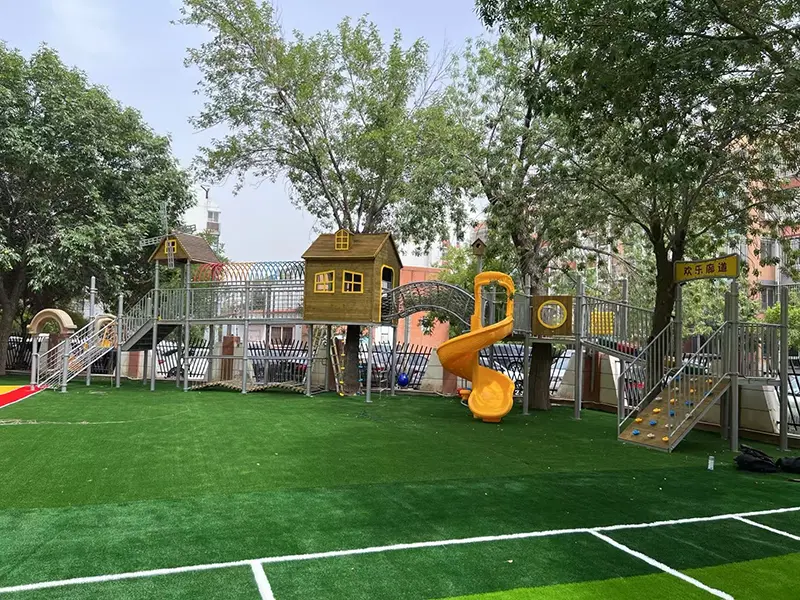
Age-appropriateness assessment
Children of different ages have different physical abilities and cognitive levels. Age-appropriateness must be considered when choosing amusement facilities:
2-5 years old children: suitable for slides with a low height (generally no more than 1.5 meters), small climbing frames, spring swings and other facilities. Children of this age have limited balance and judgment, and the facilities should be simple and easy to use, and equipped with complete protective measures.
Children aged 6-12: Choose more challenging facilities, such as high slides, complex climbing nets, rotating equipment, etc. Children at this stage are curious and like to explore and challenge, but it is still necessary to ensure that the facilities are sufficiently safe.
Teenagers (over 12 years old): Consider more sporty facilities, such as climbing walls, extreme sports equipment, etc., to meet their needs for excitement and challenges.
A well-designed comprehensive playground is usually divided into different areas to meet the needs of children of all ages, and the applicable age range is clearly marked.
